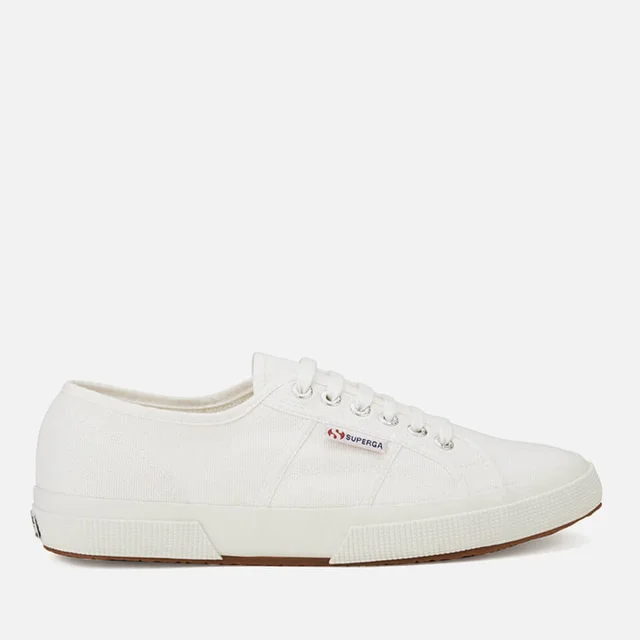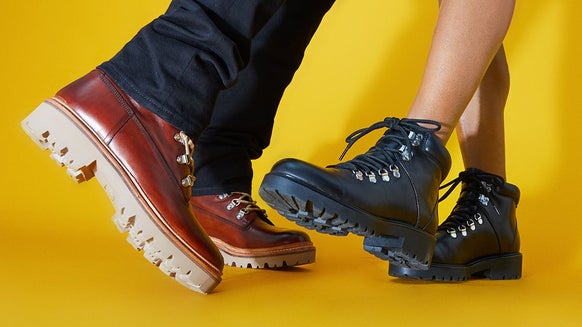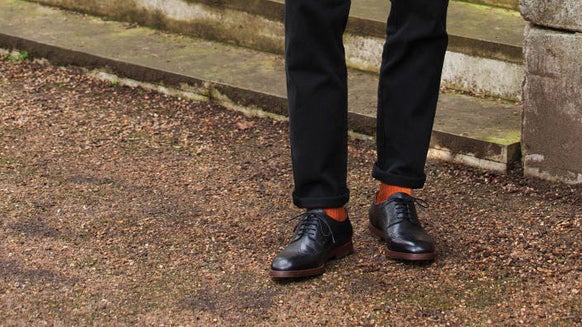From the Court to the Catwalk: A History of Tennis Shoes

Today a ubiquitous fashion staple constantly being evolved by the world’s leading footwear brands, the
Yet by the 1960s, the wave of political and cultural change that washed over the world caught up with tennis when French player Robert Haillet became the first player endorsed by adidas to wear a brand new leather shoe. The adidas Robert Haillet sneaker was set on a classic rubber sole but featured a leather upper, providing Haillet with greater stability and support in the foot. Only six years after having the shoe created in his name, Haillet retired from the sport, leaving adidas with the task of finding a new face for its revolutionary leather tennis shoe. Two time Grand Slam-winning American player Stan Smith, at that point the finest tennis player in the world, was the ideal replacement and took the shoe under his aegis from the 1971 season. As Smith’s star rose, Haillet’s would fall and while both their names were seen on the shoe for a couple of years, Haillet’s name was eventually evolved off the shoe—making way for the now-iconic adidas Stan Smith tennis shoe. Over the next few years small improvements were made at the prompt of Smith, including a non-moving tongue and the now-famous heel padding which was supplied to give Smith with greater protection at the Achilles. Stan Smith won both of his tennis Grand Slams wearing the leather Stan Smiths, cementing their status as the most famous tennis shoe in history.
The adidas Stan Smith marked the beginning in a revolution in the construction of the tennis shoe. K-Swiss and
As tennis sneakers became increasingly lightweight, comfortable and technical, thousands of amateur runners in the 1970s started to realise that the innovations in the tennis shoe could be used to improve their running performance. Before long, tennis shoes were being worn for all occasions—sporting or otherwise—and high-end designers including Calvin Klein picked up on the taste for tennis sneakers, combining it with ‘70s disco fashion to create on-trend trainers with satin uppers, sequin details and platform soles designed more for the dancefloor than the tennis court. Through the late 20th century and well into the 21st century, tennis shoes have continued their ascent in popularity in the fashion world. But while the late 20th century saw designers experiment with the stylistic potential of tennis shoes—trying out new colours, materials, prints and soles in their designs—the 21st century has seen designers revert to the classic tennis shoe silhouettes of the ‘60s and ‘70s. The classic adidas Stan Smith silhouette was re-launched to huge success in 2014, the classic
Shop the AllSole tennis shoes edit for our choice of this season's finest styles by the brands defining the future of the tennis shoe: Shop Now.














